|
|
- IRMS - Nicolae Testemitanu SUMPh
- 1. COLECȚIA INSTITUȚIONALĂ
- Revista de Științe ale Sănătății din Moldova
- Revista de Științe ale Sănătății din Moldova : Moldovan Journal of Health Sciences 2024 Vol. 11, Issue 2
Please use this identifier to cite or link to this item:
http://hdl.handle.net/20.500.12710/30019
| Title: | Contrast induced acute kidney injury |
| Authors: | Pooja, Sajeev |
| Keywords: | contrast-induced acute kidney injury;CI-AKI;nephrotoxicity;contrast nephropathy;risk stratification;hydration protocols;pharmacological prophylaxis;diagnostic biomarkers |
| Issue Date: | 2024 |
| Publisher: | Instituţia Publică Universitatea de Stat de Medicină şi Farmacie „Nicolae Testemiţanu” din Republica Moldova |
| Citation: | POOJA, Sajeev. Contrast induced acute kidney injury. In: Revista de Ştiinţe ale Sănătăţii din Moldova = Moldovan Journal of Health Sciences. 2024, vol. 11, nr. 3, anexa 2, p. 269. ISSN 2345-1467. |
| Abstract: | Background. CI-AKI remains as one of the most confusing
conditions in medical imaging practice, covering urgent diagnosis; hence immediate intervention to avoid its negative
outcomes. Objective of study. In this respect, a review and
summary of strategies for the assessment and management
of CI-AKI with accent on brand new developments in pathophysiology, risk stratification and diagnostic, and therapeutic approaches has been made here. Material and methods.
An extensive literature review was undertaken covering the
most recent studies; clinical guidelines have been included
also. This included pertinent peer-review articles, clinical
trial and meta-analysis about pathophysiology of CI-AKI,
risk factors, diagnosis, and therapeutic management. Results. The article indicated multi-faceted approaches for
the management of CI-AKI as follows: (1) Risk Stratification
- it highlighted predictive models and biomarkers to identify high-risk patients; (2) Preventive Measures – pre-procedure and peri-procedure hydration with isotonic saline
or sodium bicarbonate; (3) Pharmacological Interventions
- agents like N-acetylcysteine, statins, and ascorbic acid in
use during CI-AKI and new drugs for which emerging evidence exists; (4) Advanced Diagnostics; (5) Early detection
- new biomarkers and advanced imaging techniques for
sensitivity and specificity; (6) Timely Intervention; (7) Continuous monitoring of renal function post-contrast exposure and immediate therapeutic action. Conclusions. Treatment of CI-AKI requires a multi-dimensional approach with
identifying a thorough risk profile, appropriate preventive
strategies, and a watchful eye on monitoring. Nevertheless,
advanced diagnostics and, on that basis, high individual risk
profile-based treatment regimens represent determinant
factors in the reduction of incidence of CI-AKI for better patient outcomes. |
| metadata.dc.relation.ispartof: | Revista de Ştiinţe ale Sănătăţii din Moldova = Moldovan Journal of Health Sciences |
| URI: | https://cercetare.usmf.md/sites/default/files/inline-files/MJHS_11_3_2024_anexa2__site.pdf
https://repository.usmf.md/handle/20.500.12710/30019 |
| ISSN: | 2345-1467 |
| Appears in Collections: | Revista de Științe ale Sănătății din Moldova : Moldovan Journal of Health Sciences 2024 Vol. 11, Issue 2
|
Items in DSpace are protected by copyright, with all rights reserved, unless otherwise indicated.
|


